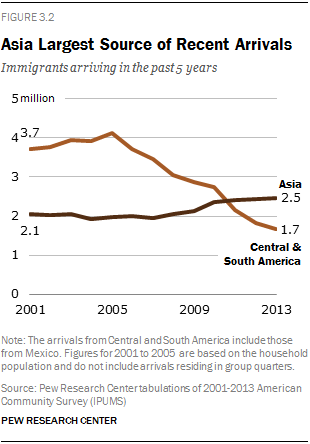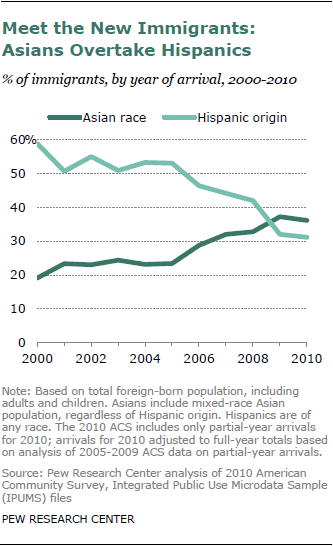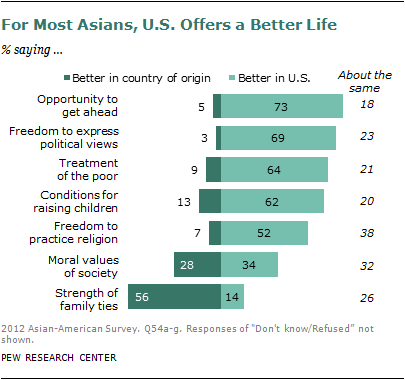Asian immigrant in latino u.s
 Asian Americans' religious preferences are wide-ranging, and tends to be more diverse than among other races in the United States. Around , immigrants were deported from the U. In the late s, immigration from other Asian countries , especially to the West Coast, became more common. The Quarterly Journal of Economics. Asian immigrants participate in the labor force at a slightly lower rate than the overall immigrant population. Davies, Garth; Fagan, Jeffrey May 1,
Asian Americans' religious preferences are wide-ranging, and tends to be more diverse than among other races in the United States. Around , immigrants were deported from the U. In the late s, immigration from other Asian countries , especially to the West Coast, became more common. The Quarterly Journal of Economics. Asian immigrants participate in the labor force at a slightly lower rate than the overall immigrant population. Davies, Garth; Fagan, Jeffrey May 1, 

Stella. Age: 23. Hello Gentlemen sweet sexy experienced Professional here ready to give you an experience you'll never forget ;)






U.S. immigrant population projected to rise, even as share falls among Hispanics, Asians
 Originating primarily from China , Japan , Korea , and the Philippines , these early migrants were predominantly contract workers who labored on plantations. During this period, Asian immigrants continued to face racial discrimination. Albert, "The Hispanic Population: Articles needing additional references from January All articles needing additional references Use dmy dates from December Nature replants its own burned forests, environmentalists say. It has always been difficult to estimate the actual numbers of undocumented persons within U. Fears about the inexorable aging of the "white" citizen population and the rapid growth of a comparably youthful non-white Latino population have tended to heighten resentment against the foreign-born and their children—and especially against those without legal status.
Originating primarily from China , Japan , Korea , and the Philippines , these early migrants were predominantly contract workers who labored on plantations. During this period, Asian immigrants continued to face racial discrimination. Albert, "The Hispanic Population: Articles needing additional references from January All articles needing additional references Use dmy dates from December Nature replants its own burned forests, environmentalists say. It has always been difficult to estimate the actual numbers of undocumented persons within U. Fears about the inexorable aging of the "white" citizen population and the rapid growth of a comparably youthful non-white Latino population have tended to heighten resentment against the foreign-born and their children—and especially against those without legal status.


An Historic Overview of Latino Immigration and the Demographic Transformation of the United States






More Mexicans Leaving Than Coming to the U.S.

Description: Mainland China 72, , India 68, , and the Philippines 54, were the top origin countries, accounting for 49 percent of Asian legal permanent residents LPRs. S-based firms to export parts of their production processes to comparatively low-wage and laxly regulated economies while downsizing production capacities and shedding higher-wage, often-unionized labor within the borders of the U. The gender breakdown of immigrant populations varies from region to region, with Mexican migration, for example, remaining somewhat skewed toward males and Dominican migration heavily skewed toward females but the general trend in Latin American immigration since the s and s has been a pronounced feminization of migratory flows. In the international arena, the deepening global debt crisis and austerity measures imposed on many Latin American countries over this same period by the World Bank and International Monetary Fund set the stage for even more drastic economic restructuring and displacement abroad.














.jpg)
























User Comments
Post a comment
Comment: